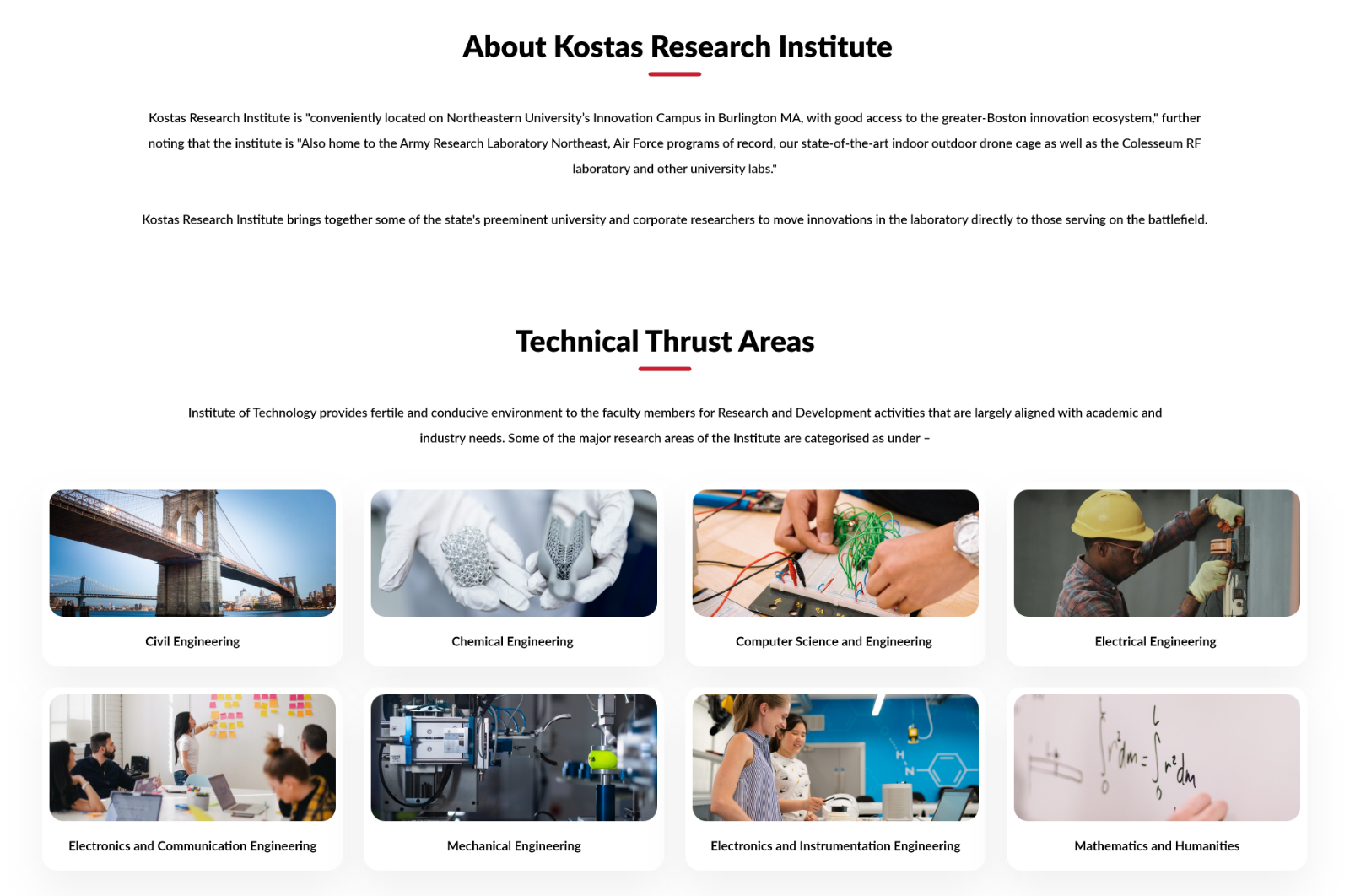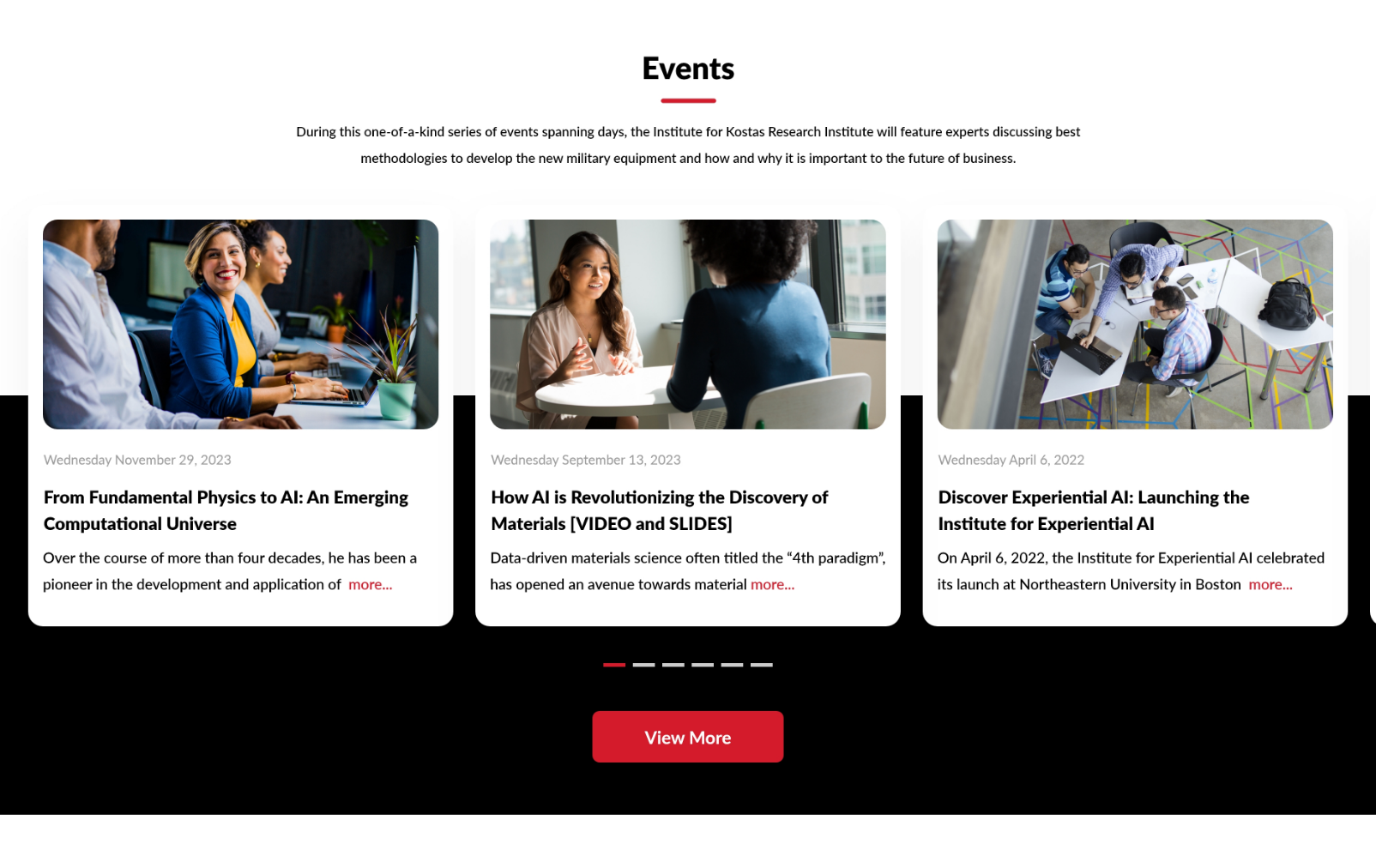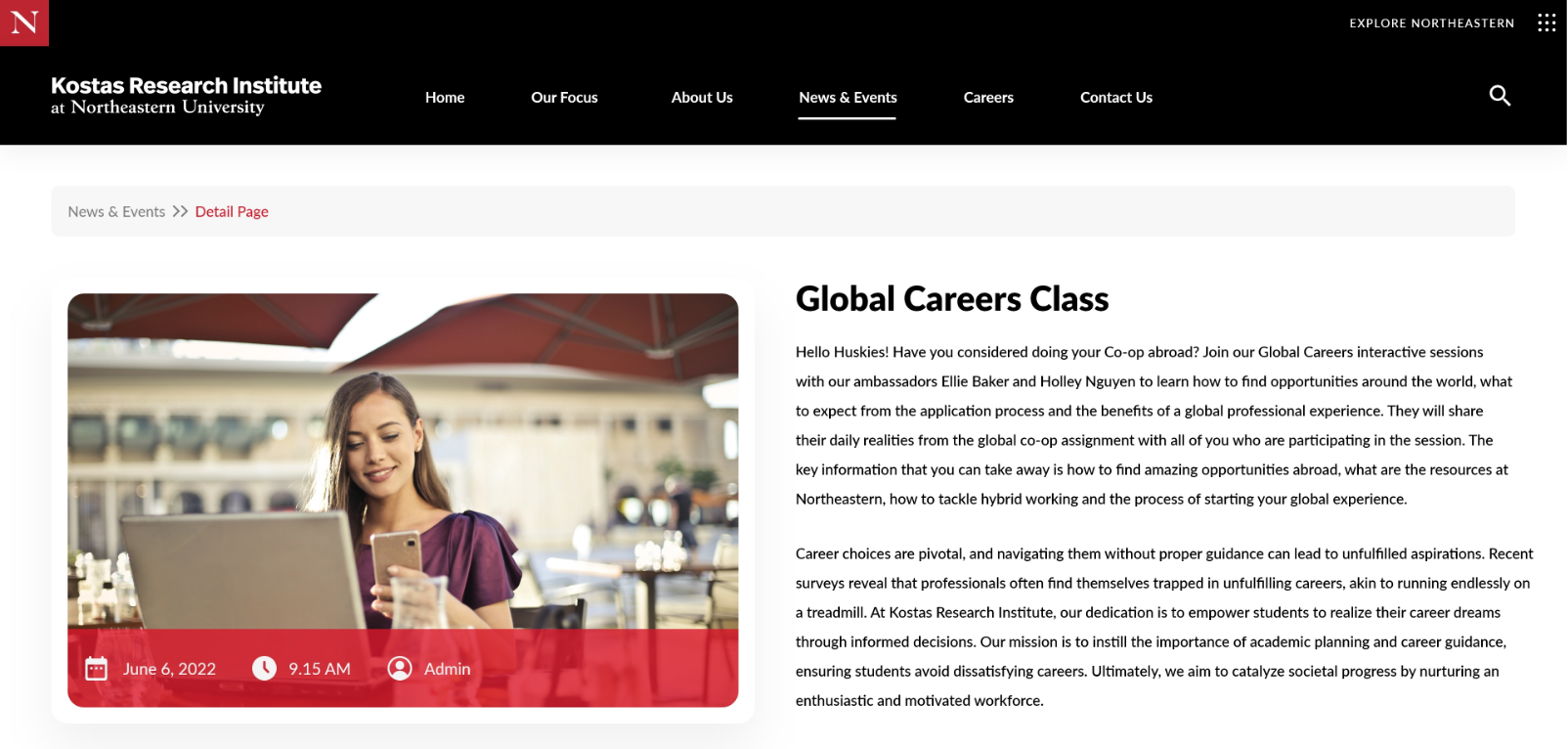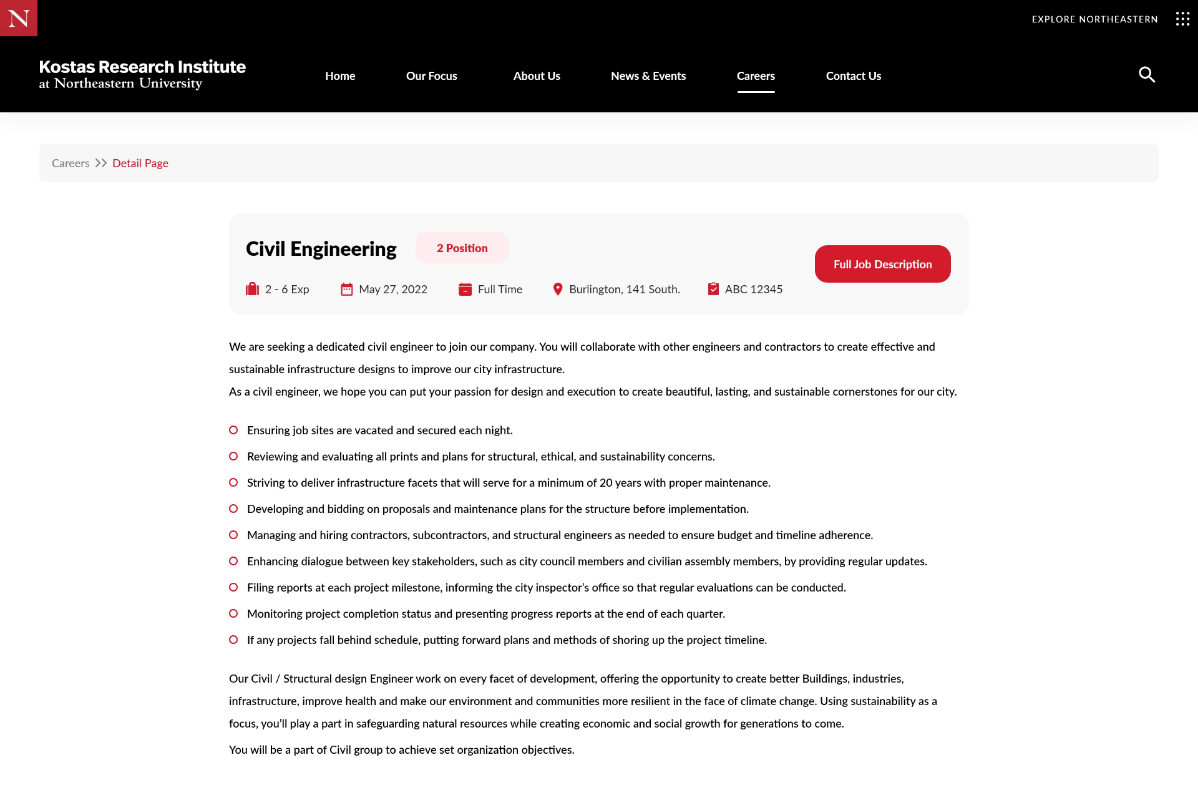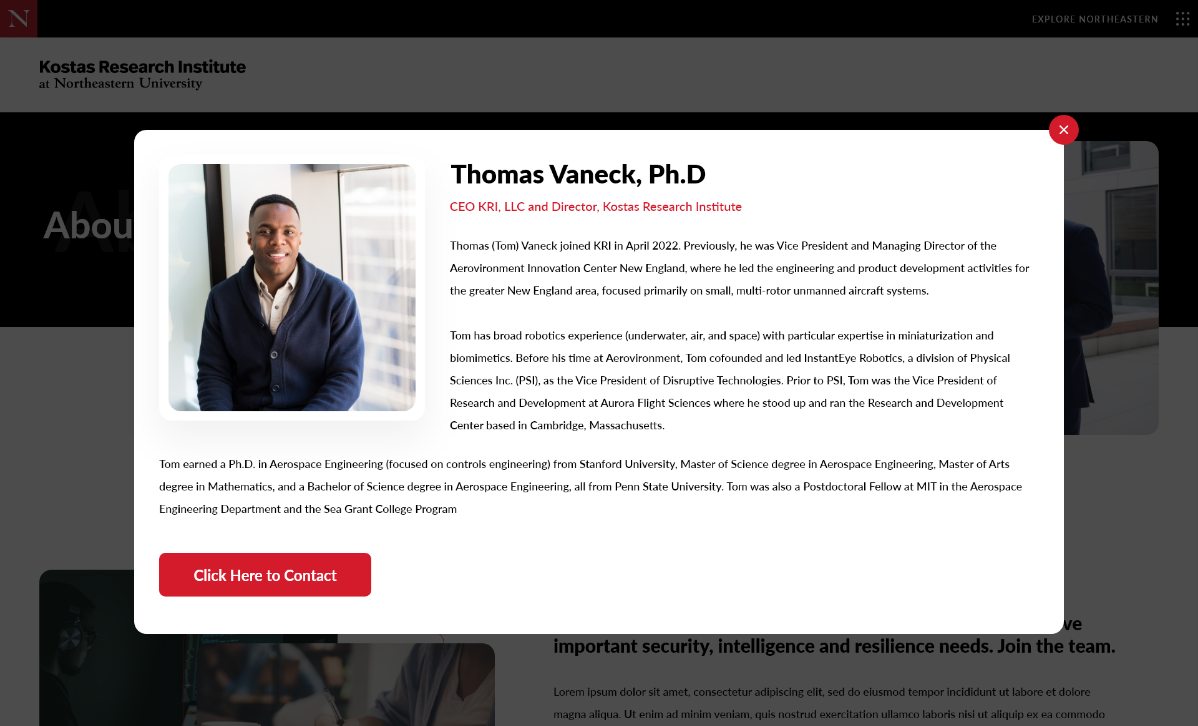01Database Management
Robust relational database systems (MySQL given the WordPress framework) for efficient data storage and retrieval.
Regular database backups, optimizations, and maintenance routines.
02User Authentication & Authorization
Secure user registration and login systems with multi-factor authentication options.
Role-based access controls ensuring users only access features they're authorized for.
03API Integrations
RESTful APIs to facilitate data exchange with external platforms, academic databases, and other services.
Middleware for data validation, transformation, and logging.
04Server Management & Monitoring
Server health monitoring tools to ensure optimal performance and uptime.
Automated alerts for any potential issues or threats.
05Data Analytics & Reporting
Tools to collect, process, and visualize user behavior data, platform usage statistics, and other relevant metrics.
Automated reports for administrators and stakeholders.
06Content Versioning
Systems to track changes to content, allowing for easy rollbacks and audit trails.
07Security Protocols
Firewalls, intrusion detection systems, and other security measures to safeguard the platform and its data.
Regular security audits and vulnerability assessments.
08Cache Management
Server-side caching mechanisms to enhance platform speed and reduce server load.
09Task Automation & Scheduling
Automated tasks for regular maintenance, backups, updates, and other routine operations.
Cron jobs or similar schedulers for time-based tasks.
10Error Handling & Logging
Comprehensive error handling mechanisms to ensure graceful failure and user-friendly error messages.
Logging systems to record platform activities, errors, and other relevant events.
11Content Delivery Network (CDN) Management
Integration with CDNs to ensure fast content delivery worldwide.
CDN cache management and content update routines.



